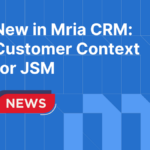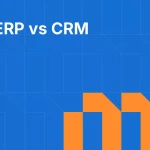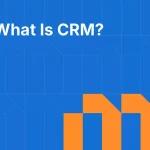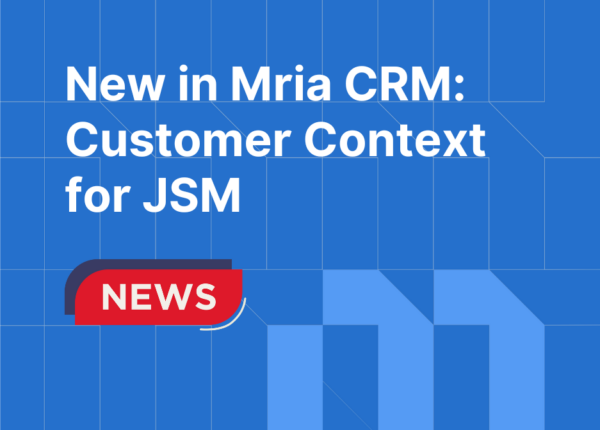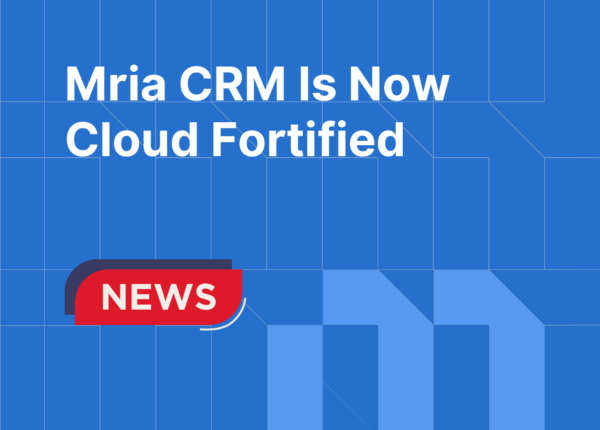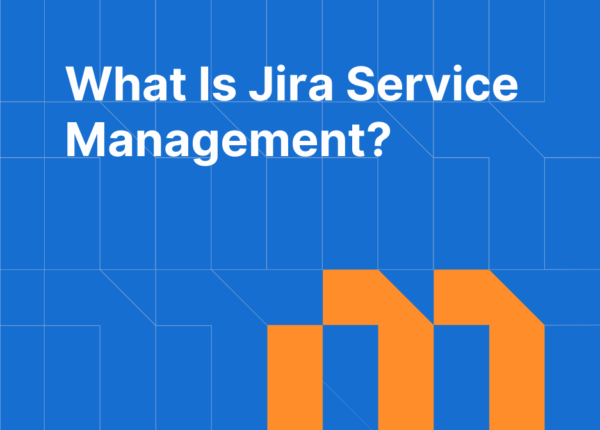When people think of Jira, agile development often comes to mind. Originally designed for software teams, Jira has evolved into a flexible and powerful tool for project management across departments—from marketing and HR to legal and customer operations.
But getting the most out of Jira project management requires more than simply creating tasks and assigning due dates. It takes thoughtful configuration, a clear understanding of your team’s workflow, and the right ecosystem of integrations and apps that fill functionality gaps.
Whether you’re new to Jira or looking to refine your current setup, this guide walks through the core principles and practical tips to help you manage projects in Jira more effectively. We’ll also highlight key tools from the Atlassian Marketplace—including exciting developments in AI and CRM—that will shape the future of project management in 2025.

Table of Contents
What Makes Jira a Strong Project Management Tool?
At its core, Jira is a workflow engine. It allows teams to break down complex work into manageable pieces, customize workflows, track progress, and report on outcomes—all within a unified system.
Here’s why Jira project management works well across a variety of use cases:
- Flexible project types for different team needs
- Custom workflows tailored to specific processes
- Granular permissions and roles for secure collaboration
- Advanced filtering and search with JQL (Jira Query Language)
- Dashboards and reporting tools for real-time visibility
- Marketplace ecosystem with thousands of apps to extend functionality
These features make Jira a solid foundation for managing not just tasks, but full-scale projects involving planning, execution, tracking, and communication.
Step-by-Step: Setting Up Jira for Effective Project Management
1. Start with the Right Project Type
Jira offers two primary project types: Team-managed and Company-managed.
- Team-managed projects allow teams to define their own workflows, fields, and rules without affecting others. These are ideal for independent teams who want autonomy.
- Company-managed projects are built for standardization across the organization. They’re more customizable in terms of schemes and permissions but require admin configuration.
If your project involves multiple departments or long-term delivery, company-managed projects offer better control and consistency.
2. Design a Workflow That Reflects Reality
A workflow is the sequence of steps an issue follows from start to finish. Effective workflows:
- Mirror your actual processes
- Include only meaningful statuses
- Use transitions that make sense to your team
- Integrate automation where useful
For example, a marketing campaign workflow might include:
Backlog → In Planning → Content Production → Review → Design → Scheduled → Live
Avoid the trap of over-engineering workflows. Complexity should reflect the real needs of the team—not the theoretical ideal.
Use workflow conditions and validators to improve quality control, and post-functions to trigger automatic actions like status updates or notifications.
3. Use Epics, Issues, and Subtasks to Organize Work
Jira uses a clear issue hierarchy:
- Epics: Large bodies of work that span multiple weeks or sprints
- Stories/Tasks: Individual pieces of work required to complete an Epic
- Subtasks: Smaller, actionable steps within a story or task
This hierarchy helps structure projects logically and keeps stakeholders informed.
Additionally, using Components and Labels can improve filtering and reporting by tagging issues with context like department, customer, or priority.
4. Plan and Track with Agile Boards
Scrum and Kanban boards provide visual management of tasks:
- Scrum boards work well for teams that plan work in sprints. They include a backlog and sprint-specific boards with burndown charts and velocity tracking.
- Kanban boards support continuous delivery by limiting work in progress and focusing on flow efficiency.
For hybrid approaches or larger-scale planning, consider apps like Advanced Roadmaps or Structure for visualizing timelines, dependencies, and resources across multiple teams and projects.
5. Use Dashboards and Reports to Monitor Progress
Jira dashboards help you make data-driven decisions by providing real-time visibility into key metrics. Standard gadgets include:
- Pie Charts and Bar Charts for issue breakdowns
- Created vs. Resolved Charts for workload balance
- Two-Dimensional Filter Stats for team performance
- Filter Results for custom views (e.g., overdue issues, top blockers)
For more advanced visualizations, teams often turn to apps like:
- Custom Charts for Jira – Build tailored reports with drag-and-drop simplicity
- Rich Filters for Jira Dashboards – Customize dashboard gadgets with additional filtering logic
These tools let stakeholders—from team leads to executives—stay informed without digging through dozens of issues.
6. Communicate and Collaborate Effectively in Jira
Jira isn’t just for ticket tracking—it’s also a collaboration hub.
Features like @mentions, issue watchers, shared dashboards, and linked Confluence pages allow teams to centralize project-related discussions, documentation, and updates.
You can also integrate Jira with communication tools like Slack or Microsoft Teams to receive real-time updates or trigger workflows directly from conversations.
7. Automate Repetitive Workflows
Automation is one of the most powerful (yet underused) parts of Jira.
Using Jira Automation, you can set rules like:
- When a task is moved to “Done,” auto-close subtasks
- When a high-priority bug is created, notify a Slack channel
- When a due date is missed, assign a new reviewer and add a comment
These automations reduce manual work and ensure nothing falls through the cracks—especially in high-volume environments.
Embracing AI in Jira Project Management
As AI becomes more embedded into everyday tools, Jira is no exception. Atlassian recently introduced Rovo, an AI-powered assistant that helps teams work smarter—not harder.
Rovo can:
- Answer questions about your projects using natural language
- Summarize Jira issues, tickets, or Confluence pages
- Suggest relevant documentation or next steps
- Speed up onboarding by guiding users through project context
With tools like Rovo, project managers and team leads can reduce administrative effort and surface insights that previously required manual digging. Expect AI to play an even larger role in project coordination, estimation, and reporting throughout 2025.
Jira Project Management: Common Challenges and Solutions
Even experienced teams run into friction with Jira. Some common challenges include:
Challenge 1: Information Overload
Solution: Create clear naming conventions, use filters to organize boards, and streamline workflows to only reflect active stages.
Challenge 2: Cross-Functional Coordination
Solution: Use shared boards and dashboards. For large initiatives, consider project portfolio tools like BigPicture or Advanced Roadmaps to manage dependencies.
Challenge 3: Limited Visibility into Customer Context
Solution:
Despite Jira’s strengths, one significant gap remains—customer relationship management. Many teams managing client work, onboarding, or service delivery find themselves juggling between Jira and external CRM tools just to keep sales context aligned with project execution. This disconnect often leads to scattered communication, duplicated effort, and lack of visibility.
That’s why the upcoming Mria CRM is such a welcome development. Designed to live natively inside Jira, it will allow teams to seamlessly connect sales data, client profiles, and delivery workflows—all in one place. With Mria CRM, customer-facing projects can be tracked from initial contact to successful delivery without ever leaving Jira—offering a level of integration that many teams have long been waiting for.
If this sounds like something your team needs, subscribe for updates to get notified as soon as it goes live.
Final Thoughts
To succeed with Jira project management in 2025, organizations need more than task tracking. They need workflows that reflect reality, insights delivered through intelligent dashboards, collaboration that bridges silos, and the ability to adapt quickly.
With Jira’s core features, Atlassian’s AI tools like Rovo, and a rich ecosystem of Marketplace apps—including the upcoming Mria CRM for Jira—teams can truly build a project management environment that works for them, not against them.
And the best part? Everything lives in one place—so your team can stay focused, aligned, and ready for whatever comes next.
